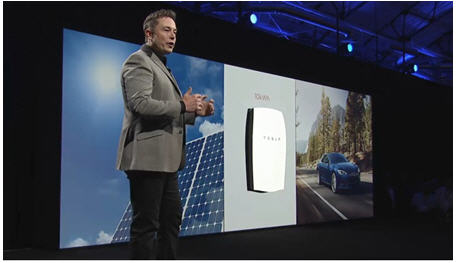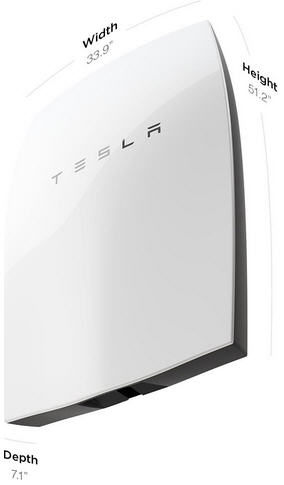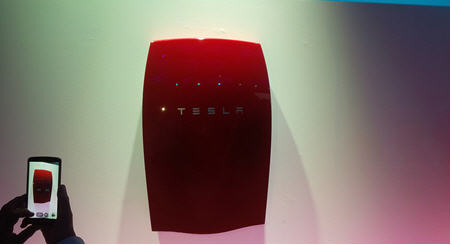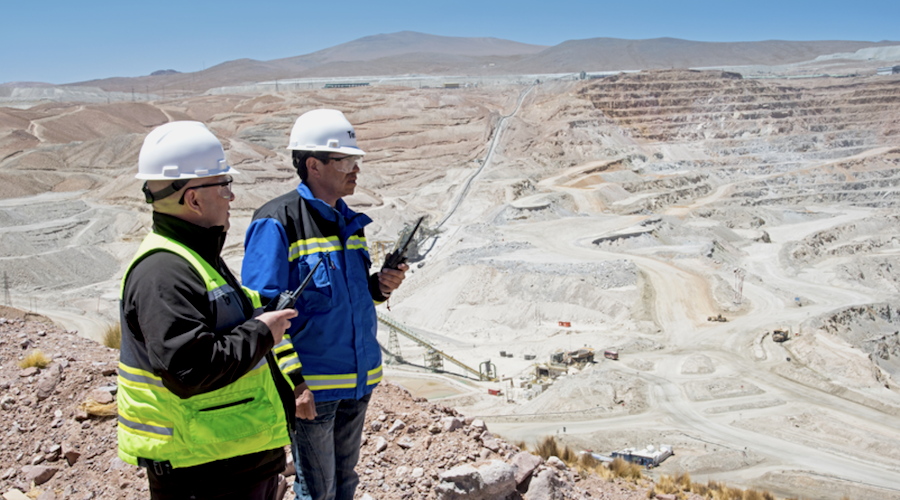Tesla evolves with low cost utility battery launch
Tesla Motors reveals new range of home and commercial batteries that can give off-grid energy independence at a lower than expected price
> Join our new Linked In Group
> Benchmark Twitter
> Simon Moores Twitter
Last night Tesla Motors launched a new range of batteries that can power homes and commercial buildings at a fraction of the expected cost.
The new division called Tesla Energy was revealed by CEO Elon Musk in California only ten hours ago and with it two battery product lines – The Powerwall and The Powerpack.
The Powerwall is a sleek looking, suitcase sized lithium-ion battery that has a 10kWh capacity, 100kg in weight and is surprisingly low cost at $3,500.
This 10kWh model is designed to provide back-up power for your entire home, while a smaller 7kWh design has been created for daily applications like watching TV or powering lightbulbs and refrigerators, and will cost at $3,000.
Benchmark Mineral Intelligence estimates that The Powerwall will require 16kg of synthetic graphite or 16kg of spherical graphite derived from 40kg of flake graphite concentrate. It will also consumed on average 12kg of lithium hydroxide in each unit.
One of the most interesting points that Musk made about The Powerwall was its ease of scalability: it can be interconnected with 8 other packs to give up to 90kWh of capacity for a household.
This principal holds great potential, particularly when considering its commercial line of products, the Powerpack.
“The Powerpack is designed to scale to infinity,” explained Elon Musk at the launch, “You could literally make this into a gigawatt hour solution.”
Each Powerpack is the same design of battery as the Powerwall but with a capacity of 100kWh – the largest ever battery pack Tesla has produced.
Tesla proved its design was more than a concept when it revealed the whole launch event was battery powered from installations on the roof. The batteries were fed by solar energy or as Musk explained: “Everything you are experiencing is stored sunlight.”
The company already has a commitment for a 250MWh installation and is working with companies like Amazon and Target for its new range of batteries for business. No price was stated for the business products.
Where will the batteries come from?
Tesla will still rely on its close partnership with Panasonic for its supply of lithium-ion batteries into 2016, while it transitions to Gigafactory output that is expected in the first few months of 2016.
As Benchmark explained in yesterday’s note, the Gigafactory will produce enough batteries at capacity to power 3.5m homes. However, with 133m housing units in the US alone, not even considering the number of vehicles produced that could be electric, that number seems insignificant and bolsters Musk’s belief that the world will need multiple Gigafactories and not just the one Tesla is developing in Nevada.
“There will need to be many Gigafactories in the future…The Tesla policy of open sourcing its patents will continue for the Gigafactory, Powerpack and all of our other products,” Musk said.
It is a situation Benchmark has been tracking with 6 lithium-ion super-plants announced in the last year which are already under construction, the majority of which reside in China.
If even a fraction of Musk’s grand vision is realised, securing the raw material supply chains and the right specification of graphite, lithium and cobalt to make these batteries is now of paramount importance – not only for ethical reasons but for basic security of supply.
Tesla has been the catalyst for a battery powered world that is now upon us and with it evolving into a battery company with a car and utility storage division.
It will be interesting to see how the major auto and battery corporations react.
Simon Moores
Managing Director
Benchmark Mineral Intelligence
London
{{ commodity.name }}
{{ post.title }}
{{ post.date }}




Comments